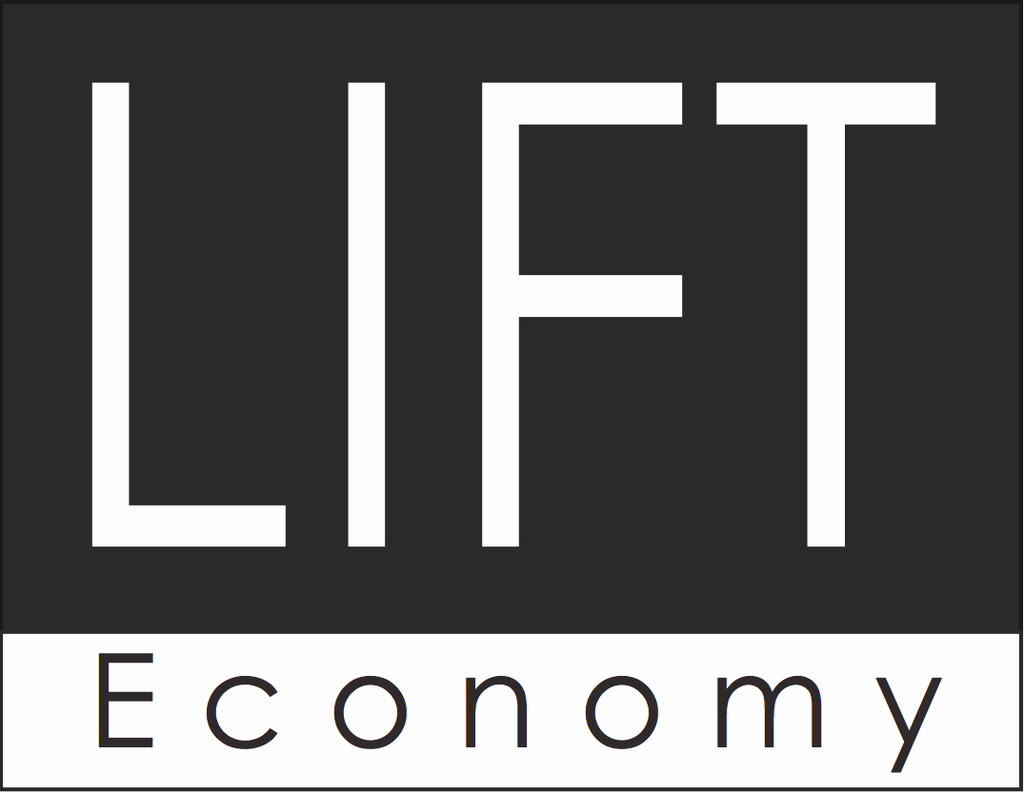The Next Economy. The new economy. The regenerative economy. The solidarity economy. The circular economy — they are not all the same thing, but they do all point to the idea that people can meet their needs in a way that supports conditions conducive to all life. One exercise we have undertaken over the past few years is to ask participants in our Next Economy MBA online course to imagine what the future might look like if an economy that works for everyone were achieved. In particular, we have asked hundreds of participants: “What would the Next Economy look like? What would be different? How would you know you had achieved the goal?”
Here is a small sample of some of the answers we have received from folks over the years:
Basic needs: Everyone has their basic needs met, including access to clothing, shelter, food, water, healthcare, and education.
Regenerative transition: The dominant extractive economy is not in existence. It has been replaced by a bio-regional, equitable, inclusive, communitarian, multi-stakeholder, and locally self-reliant economy that works for the benefit of all life. This has led to a return to pre-industrial levels of carbon dioxide. The Earth is now growing in biodiversity and abundance.
Equitable leadership, outcomes, and reparation: There is leadership in all sectors of the economy from Black, Indigenous, and other people of color (BIPOC); women; recent immigrants; people with disabilities; folks who identify as lesbian, gay, bisexual, transgender, queer or questioning, intersex, asexual, and more (LGBTQIA+); as well as other traditionally marginalized groups. Differences in outcomes of health, wealth, education, housing, and so forth do not correlate with a person belonging to a particular racial or ethnic group. In addition, truth and reconciliation processes have been completed. Full reparations have been given to Black and Indigenous folks.
Indigenous wisdom and sovereignty: Indigenous wisdom and knowledge are deeply respected and informs all types of decisions. Indigenous teachings are now guiding fire management, flood mitigation, and overall efforts to achieve ecological balance. Native American rights and Indigenous rights around the world have been restored.
Abolition: Prisons and police have been abolished. Appropriate, timely, and empathetic care is given to all. Transformative Justice responds to violence and harm beyond restoration and repair by addressing the systems that produce injustice and oppression.
Liberated children: Children are physically, emotionally, mentally, and socially free to be curious and inquisitive. Kids are not tucked away while caregivers work. Childcare no longer functions to support the extractive economy’s schedule.
Disability justice: Access is understood as a collective responsibility. Access is centered as a core part of living in the world together. It is seen as a core part of liberation.
Dismantling white supremacy: All forms of white supremacy have been eradicated. White people are connected to their place-based Indigenous European ancestors, keeping them rooted in culture beyond whiteness.
As you can see, this small list of examples can feel exciting and motivating. Co-creating a more detailed vision of the future will inspire people to move beyond the status quo. This can make it easier to work backwards and identify the steps needed to create a better world.
From The Next Economy MBA: Redesigning Business for the Benefit of All Life, by LIFT Economy in association with Erin Axelrod, Kevin Bayuk, Shawn Berry, and Ryan Honeyman. Learn more at lifteconomy.com/mbabook.
Shareable is partnering with LIFT Economy to share the audio recordings from the Next Economy MBA program. Over the course of a year, we’re publishing all 25 of their trainings for everyone’s benefit. If you’re interested in learning more about their program, please visit: https://go.lifteconomy.com/nextmba








